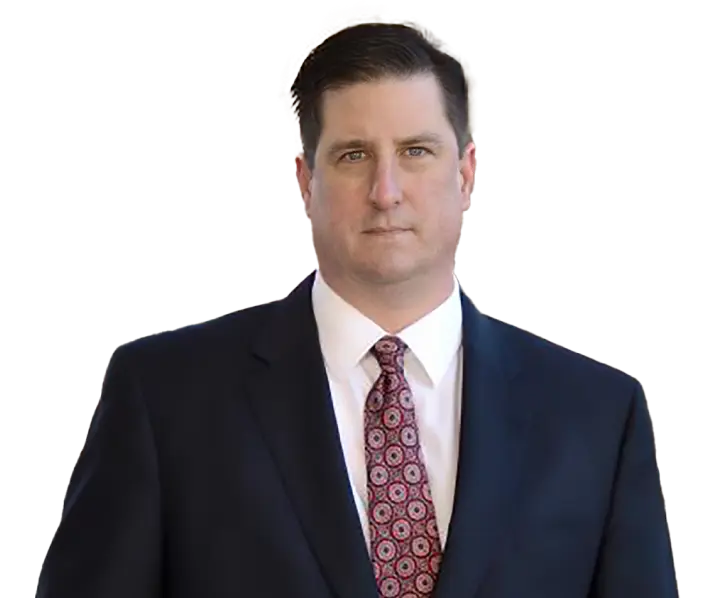
Often the terms associated with SBS/AHT are improperly used interchangeably. When mixed with difficult medical jargon, the terms can often cause considerable confusion among clients, lawyers, judges and juries. In this post, I explain some of the common terms used in the SBS arena and identify why they are used, relate their development to the history of SBS/AHT, and briefly address some of the problems that will present themselves to those who have been falsely accused of abuse.
“Shaking” refers to the physical act of moving a child to and fro. While it is never appropriate to shake a child, as physical harm may occur, when shaking is used in the child abuse realm, there is an implied assumption of violent shaking. The mental image generated by the term “shaking” is one in which a small child’s head moves back and forth, or side to side, in quick rapid succession. More importantly, it implies a motive or intent on the part of the shaker, that any resulting injury was intended or foreseeable.
Shaken Baby Syndrome (SBS). This refers to a hypothesis or belief that “shaking” may be reliably diagnosed as the cause of observed injuries based on the presence of the three medical conditions. The “triad” of SBS consists of subdural hemorrhage (brain bleed), retinal hemorrhage (eye bleed), and encephalopathy (brain damage). If these three injuries are found in a child who is evaluated by a hospital, absent a clear explanation (e.g auto accident, major fall), then the default diagnosis of SBS is given. The belief is that the rapid movement and sudden stopping of the brain inside the skull results in the traumatic rupture of bridging veins inside the brain, the retinal veins in the eye, and the nerves or axons of the brain. SBS was the original working title or explanation for these injuries, but was subsequently replaced by “abusive head trauma” (AHT) when biomechanical studies failed to support the idea that sufficient force could be generated from shaking alone to cause the triad.
Shaken Impact Syndrome (SIS). This term was advanced as a result of biomechanical criticisms of SBS. The idea was that the triad, subdural hemorrhage, retinal hemorrhage and encephalopathy are caused not just by violent shaking alone, but by shaking followed by impact, such as tossing or slamming a child. The thought was that shaking followed by an abrupt stop would produce much greater force than that produced by shaking alone. Somehow, which makes little sense to me, under this theory the forces applied to the brain and eyes by the sudden acceleration or deceleration created by tossing followed by abrupt landing is somehow greater than that caused by the rapid change in the direction of the head by shaking alone.
Abusive Head Trauma (AHT). The increase in criticism against SBS and SIS led to the development of this term. In 2009, the American Academy of Pediatrics recommended that this term be used instead of SBS. AHT refers to any deliberately inflicted injury to the head, regardless of mechanism. Hence, shaking is only one form of possible AHT. AHT includes hitting, throwing onto a hard or soft surface, crushing, or any other possible form of traumatic injury. The prevalence of this term is directly related to the fact that it eliminates the necessity of the medical field to provide a definitive mechanism of injury. Rather, AHT becomes a self-fulfilling prophecy. The triad is observed, no other acceptable explanation is provided, therefore, we know that AHT is the cause, and we need not explain exactly what was done to the child. Rather, we know there was some kind of AHT as the triad is observed, and we only see the triad if there is AHT.
Non Accidental Injury (NAI). This term is also commonly used as a substitute for AHT, and it is used in cases in which the triad is absent. It is frequently used in “fracture cases.” These are cases in which the alleged abuse is seen only in the area of fractured or broken bones. It refers to any injury caused by a means other than accident. It too, works as a self-fulfilling prophecy as no specifics for the observed bone fractures must be given. Further, shaking and violent shaking are often one of the endless possible mechanisms of injury, but no specific explanation must be given. Rather, the absence of a stated viable explanation (car accident, fall from monkey bars) results in the default diagnosis of abuse, called NAI.
Blunt Force Trauma (BFT). Blunt force trauma to the head refers to any impact to the head that does not penetrate the scalp. It includes both accidental and non-accidental (abuse). This term is most commonly used by forensic pathologists or medical examiners. There is, however, no inferred intent with this term.